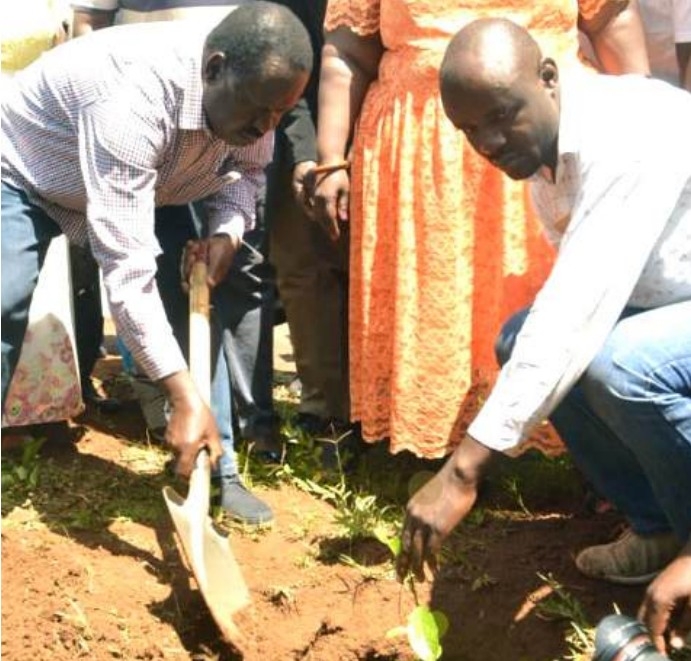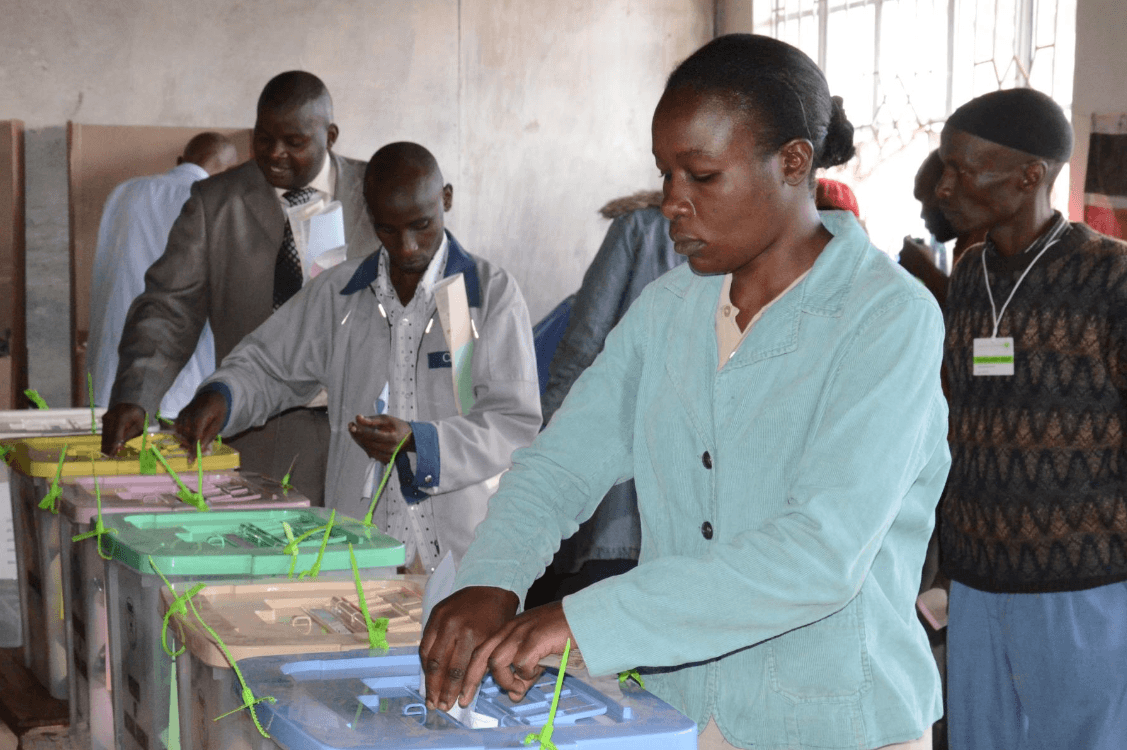Injera is an ethnic fermented flatbread with a slightly spongy texture, delightfully sour taste that is traditionally made from teff flour (teff is believed to be the smallest grain in the world.)
It is not only a staple meal but also a central dining process in Ethiopia, Eritrea, and some parts of Sudan, like bread or rice, is elsewhere.
The meal is also very common among Somalis who refer to it as anjera/ anjero.
It almost resembles a white or brown pancake but is softer and thinner.
Sometimes (if teff is unavailable) it can be prepared with a mixture of sorghum flour/millet flour, white cornmeal, instant dry yeast, and self-rising flour. It all depends on the cultural background.
This delicacy has become so common among Nairobians that almost all cafes and restaurants in the CBD and other parts of the city have it in their menus.
Vegetables or meat dishes are often served on top of it, the meal is eaten with your hands, using the injera to scoop up the other dishes. Kind of like what we do with ugali, only that ugali is served on the side.
Ingredients.
- 1 tablespoon active dry yeast
- 1 teaspoon honey
- 5 cups warm water
- 3 cups finely ground millet flour
- ¼ teaspoon baking soda
- salt to taste
Method.
In a large mixing bowl, add yeast and honey in 1/4 cup of water and allow to proof then add the remaining water and millet flour. Stir generously until smooth then cover the mixture and allow it to sit at room temperature for 24 hours.
Look for the telltale bubbles and sour smell in order to decide if your batter is ready.
Stir the batter well and mix in the baking soda.
Place a large non-stick pan over medium heat and allow it to heat. (Your pan has to be at the perfect temperature or else injera won't stick).
Once the pan is hot, lightly sprinkle cooking oil on top of it and twirl it to ensure it covers all areas.
Pour about 1/3 cup of the batter into the pan in a spiral pattern to cover the bottom of the pan evenly. Tilt the pan to quickly even out the batter.
Cover the pan and allow to cook for about 1 minute. Cook until bubbles start to form on the surface, the flatbread begins to look dry, and the edges pull slightly away from the pan.
Cover the pan and continue to cook for about 2 minutes or until the flatbread's surface is dry. The bread should not brown but rather rise slightly and is very easy to remove.
Injera is only cooked on one side so need to turn/flip it and the top should be slightly moist.
Once ready, remove from the pan, place on a lined plate, and cool. Continue the process with the remaining batter, oiling the pan when necessary while stacking the cooked pieces on a plate.
Serve with meat and vegetable dishes.
Note: The fermenting process is very important when it comes to the preparation of injera as it's what gives the meal its authentic taste.
If you prefer your injera sourer you can leave it overnight then cook it the following day.
Enjoy.

















